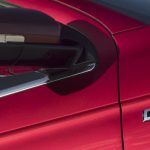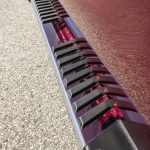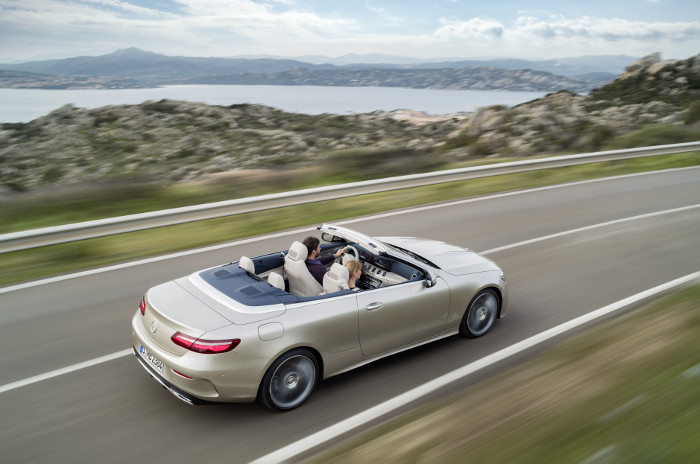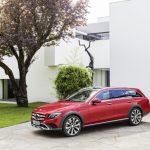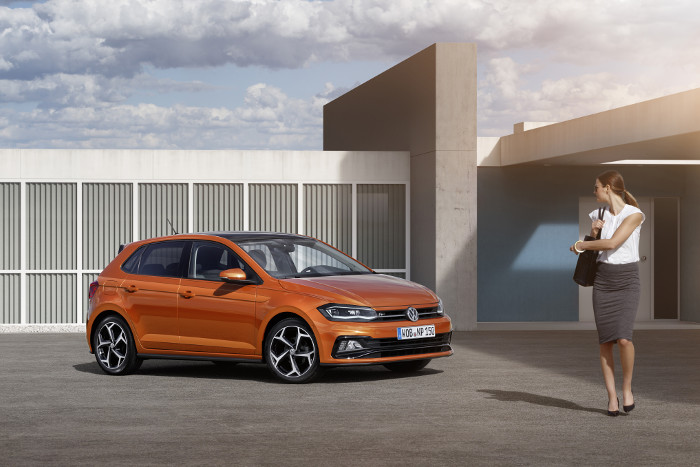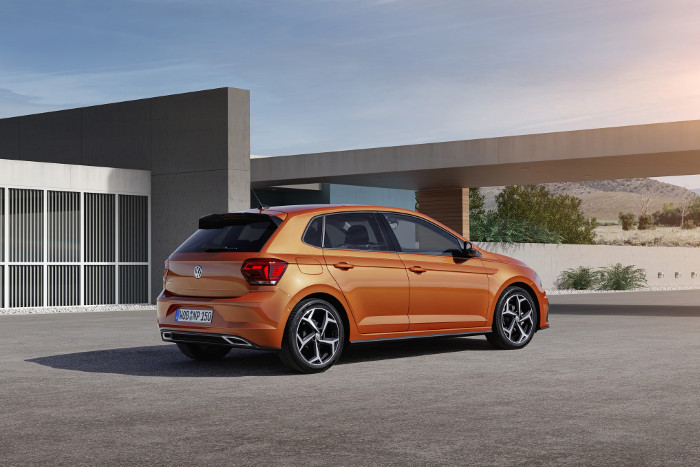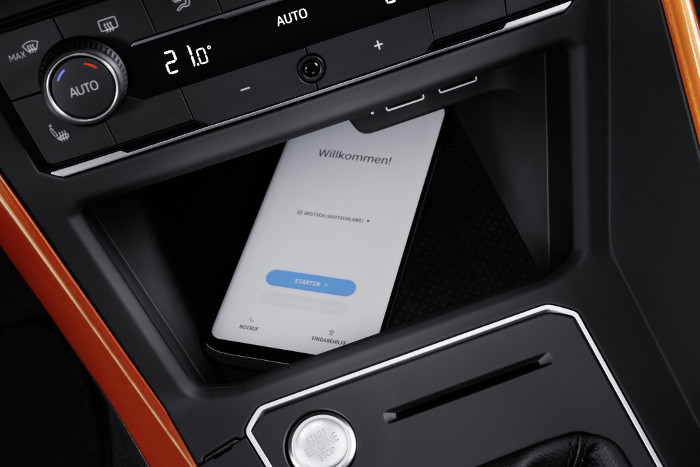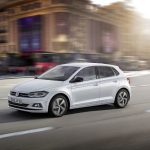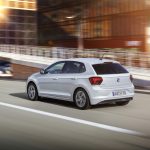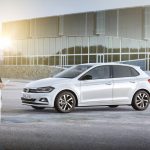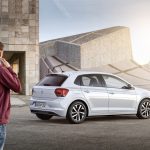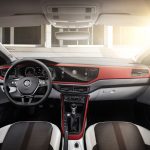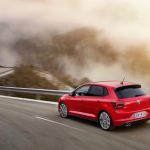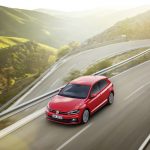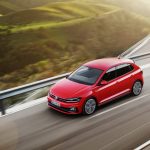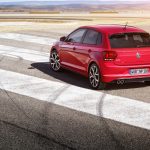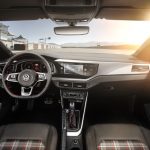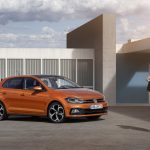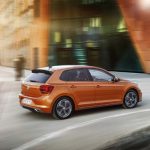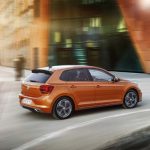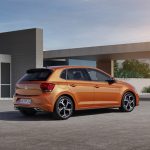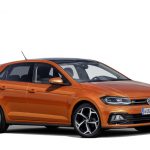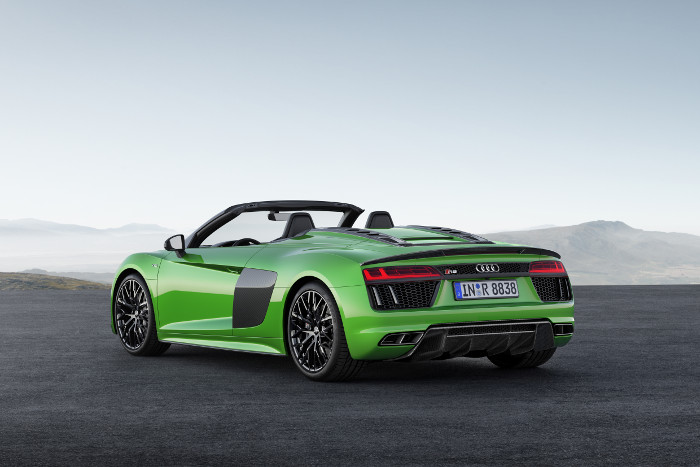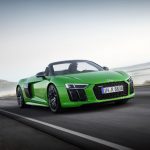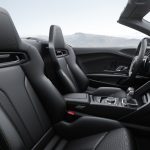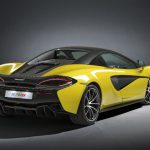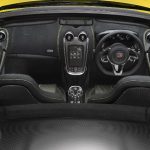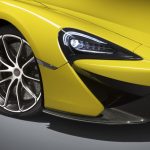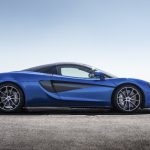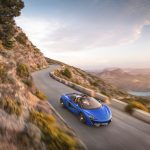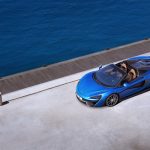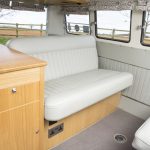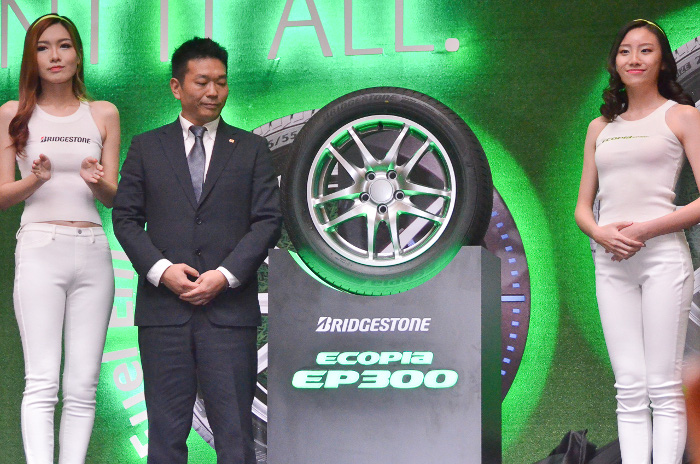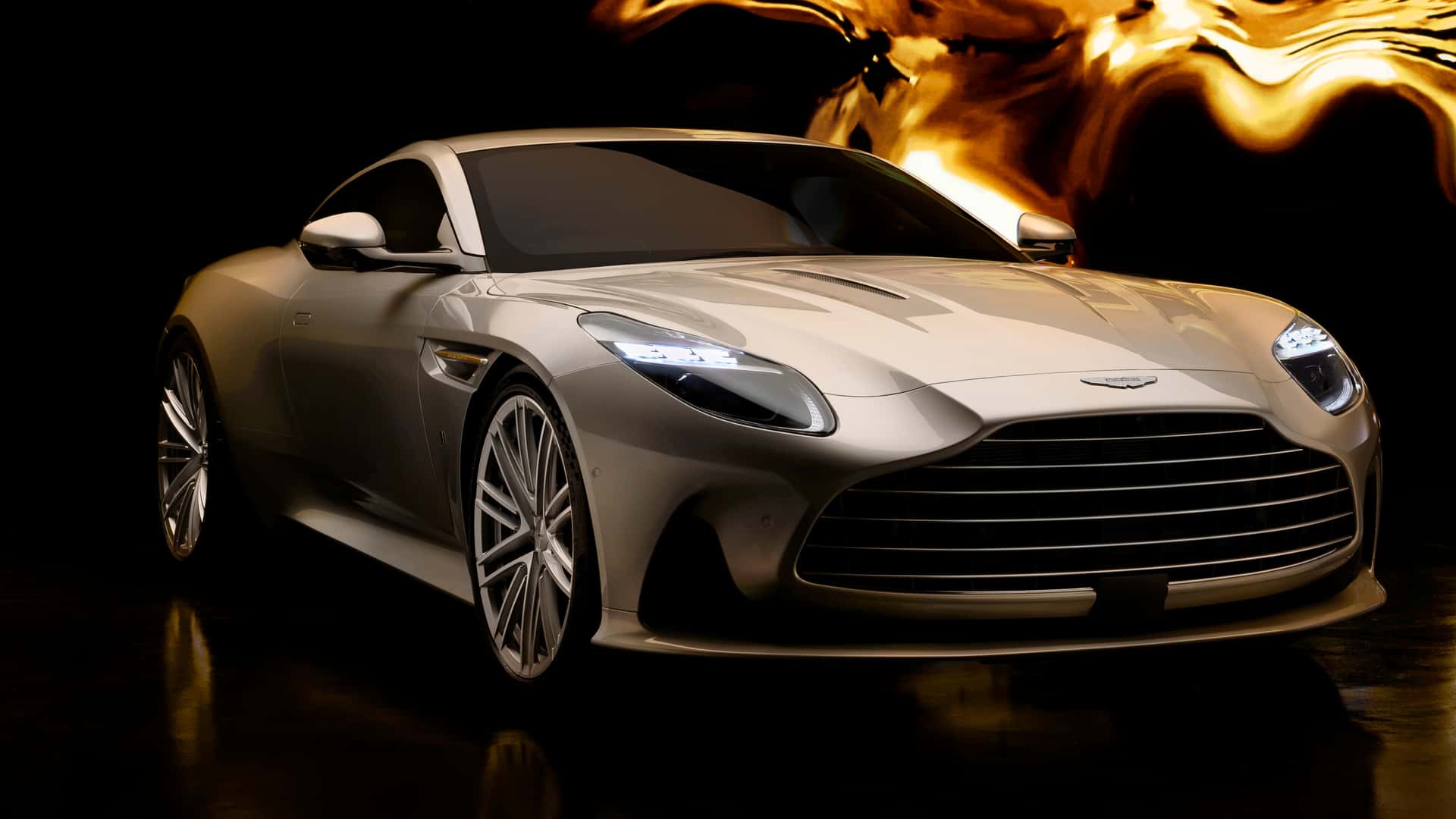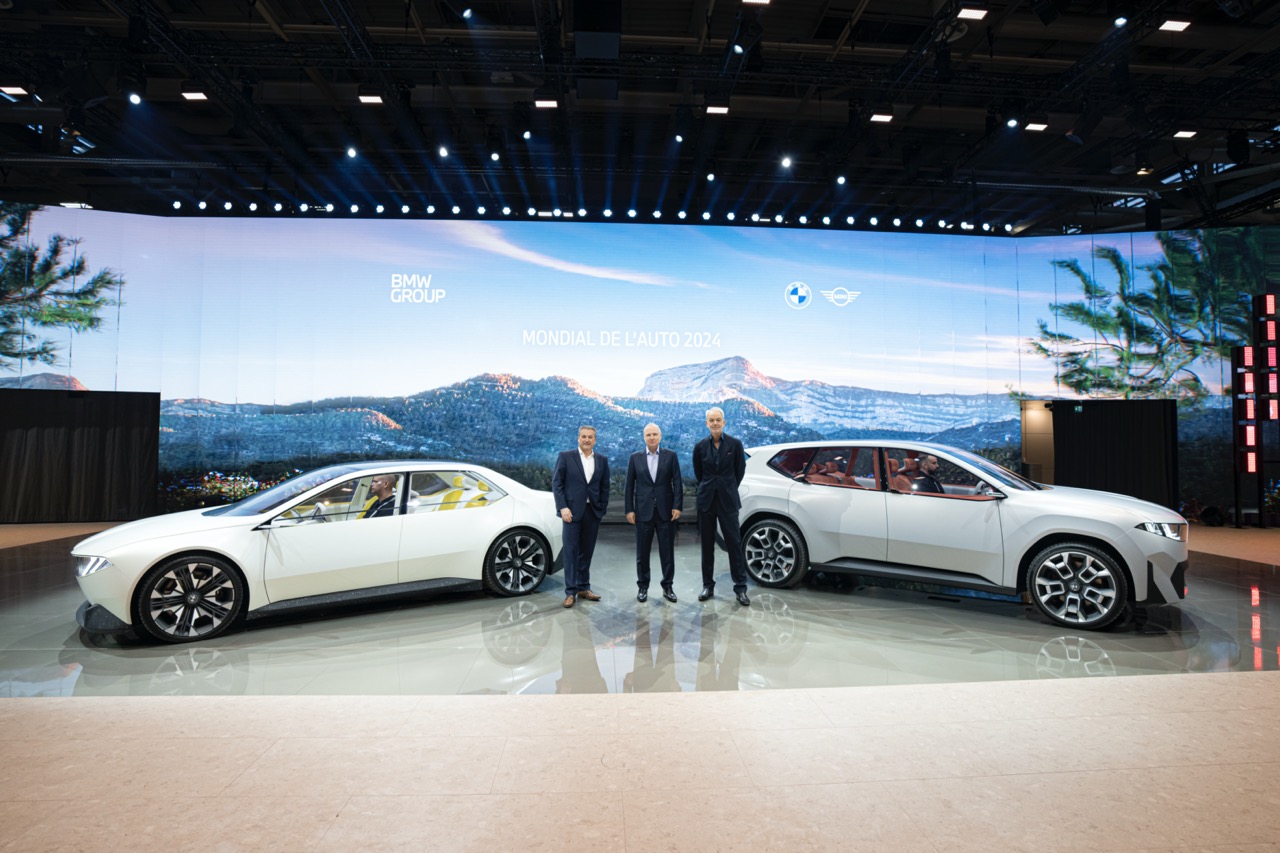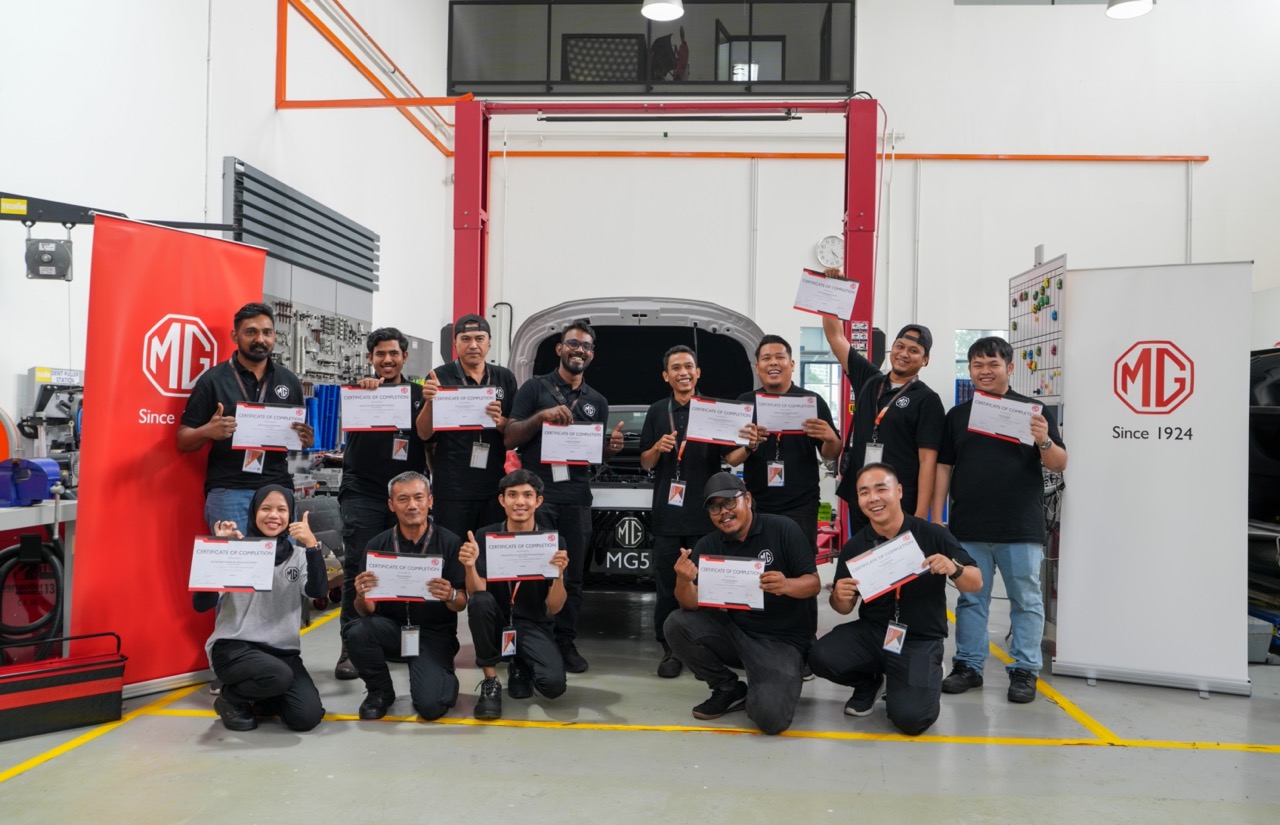Ford’s venerable Expedition now comes in a new trim level called the FX4, and its purpose is to be the most off-road capable Expedition ever. The reason for its inception is that the Blue Oval determined that 20 percent of Expedition owners use their vehicles for off-road adventures and as such, their Expedition should be able to keep up with them.
“The FX4 Off-Road package delivers off-road driving confidence,” said Mike Kipley, Expedition vehicle engineering manager. “The technology we’re using works to adapt to different driving conditions so customers can enjoy the adventure without worry.”
The following is what separates the Expedition with the FX4 Off-Road Package compared with other variants of its namesake:
- Patented electronic limited-slip rear differential to help improve off-road performance in low-traction situations. It automatically shifts power output to the rear tyre that has the most traction.on which wheels need extra traction. Overall, its gearing improves towing performance and capability
- Off-road-tuned shock absorbers to keep wheels in contact with the road
- All-terrain tires with thicker sidewalls
- Seven different skid plates that serve as underbody armor and protect critical areas. These plates consist of a sand shield to protect the turbocharger intercoolers from getting clogged by dirt or mud, steel plates to protect steering gear, engine, transmission and transfer case as well as the fuel tank.
18-inch Magnetic Metallic-painted cast-aluminum wheels - Chrome running boards
- FX4 badging on the liftgate and front fender
- New rubber floor liners featuring deep side sills that can be removed and cleaned of any mud, sand or water
Like the rest of the variants, the FX4 benefits from Ford’s Terrain Management System that offers seven different drive modes (Normal, Sport, Tow/Haul, Eco, Grass/Gravel/Snow, Sand, Mud/Rut) that help the Expedition cope with different road conditions. Drivers also have the option of toggling between 2WD and 4WD mode depending on their preference/needs at any given time.
Under the hood of the FX4 is the 3.5-litre EcoBoost engine that produces 375bhp and 637Nm of torque. It is mated to an all-new 10-speed automatic transmission that will help fuel economy and provide the vehicle with the capability of towing a load of up to 4,218kg.
The Cabin is very spacious as expected and is able to offer seating for eight occupants and still provide a decent cargo space volume. And unlike the old days, Ford’s current Expedition comes with a whole slew of entertainment and safety tech that should win over city dwellers as well as adventure seekers.
The Ford Expedition FX4 will only be available in the US and will go on sale sometime in the second half of this year.









